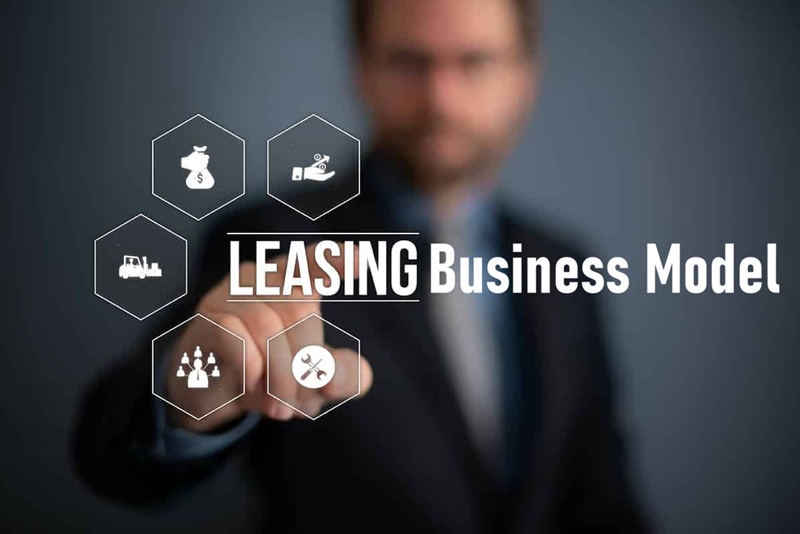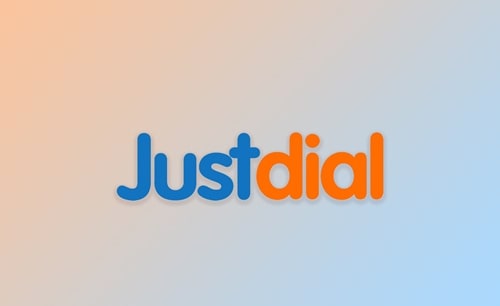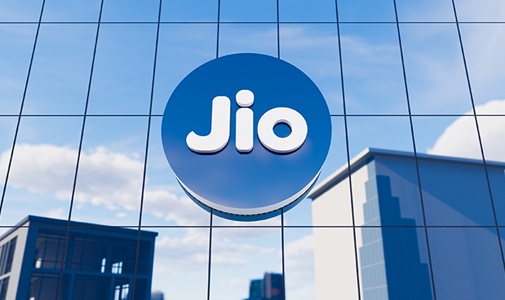In the last few decades, the leasing business has gained immense popularity across different industries. From cars to homes, software equipment, leasing is the new trend that offers great flexibility to almost everyone. Leasing helps people and companies understand what they need without paying the full cost before trying what they truly need. Leasing is becoming the bridge between ownership and renting, ensuring an attractive option in today’s dynamic world.
Before jumping into the reason why the leasing business model is trending and its advantages, learning about the definition and how this strategy works might help most readers.
Leasing Business Model: Definition

The leasing business model works on the principle of giving customers access to a product or asset for a fixed period in exchange for a regular payment. The period is usually pre-defined by the lessor. However, customers usually get the option for a customized period with a negotiation option. In this process, the customer does not own the product, but the right to use allows them/to enjoy it as if it were their own.
Businesses created around a leasing business model are excellent in generating a steady income stream, while it also reduces the risk that comes with selling outright. On the other hand, customers have the flexibility, lower upfront costs, and access to the product. Sometimes customers want to enjoy the product that is unaffordable, but leasing helps them get new experiences.
Key Features of the Leasing Business Model
- Regular Payments – Customers pay monthly, quarterly, or annually, depending on the agreement.
- No Ownership – Customers only use the asset. Ownership stays with the lessor.
- Maintenance Terms – Some lease agreements include maintenance and service.
- Renewal or Buyout Options – Customers may extend the lease or buy the product at the end of the term.
These are some remarkable features that make the leasing business model attractive to most investors and capitalist firms.
Examples of the Leasing Business Model
Many companies out there are offering leasing services and using a leasing business model to generate more wealth. To understand this model better, let’s look at some practical examples:
1. Automobile Leasing
Car leasing is one of the most common and well-known forms of leasing. The idea of leasing was popularised from automobile leasing of cars, buses, scooters, motorbikes, and hypercars. Instead of buying a vehicle on loan for a short period of use, customers have the option to lease a car for a specified period.
2. Real Estate Leasing
Real estate leasing is widely popular as tenants pay rent, but the property remains under the ownership of the landlord. You have seen people leasing houses, apartments, or office space for a specified term to fulfil their requirements.
3. Equipment Leasing
Small businesses usually have only the tools they need on an everyday basis. However, when it comes to heavy equipment (or tools they need less often), then equipment leasing comes in handy.
4. Technology Leasing
With technology changing quickly, many firms now lease IT equipment, laptops, or even software. For example, SaaS products often work like a subscription lease where companies pay to use the service but do not own the software.
Advantages of the Leasing Business Model
Leasing offers many benefits for both businesses and customers. To understand why the leasing business model is effective for you, take a look at these points one by one.
1. Lower Upfront Costs
Leasing reduces the financial barrier to ownership. Customers can use expensive products like cars, medical equipment, or office machines without paying a large lump sum. This is especially useful for startups and small businesses that need resources but lack big budgets.
2. Access to Better Products
Since leasing spreads the cost over time, customers can afford better models or high-quality equipment. For example, someone may lease a luxury car that they could not afford to buy outright.
3. Predictable Cash Flow
For businesses, leasing ensures a steady stream of income. Regular payments make revenue more predictable compared to one-time sales. If you want to get a cash flow that always helps you buy more products or assets and lease them, then this business model is perfect to begin with.
4. Flexibility and Upgrades
At the end of a lease, customers can upgrade to newer products. This works well in industries like automobiles and technology, where new models are often released.
5. Tax Benefits
In many countries, lease payments can be deducted as a business expense, giving companies tax relief.
Disadvantages of the Leasing Business Model
While leasing has many strengths, it also comes with drawbacks. The following are some disadvantages that are common to the lessee as well as the owner of the product or asset. Have a look:
1. No Ownership
At the end of the lease term, customers usually have nothing to show for the money spent. Unlike ownership, where an asset remains yours, leasing only gives temporary usage rights.
2. Higher Long-Term Cost
Leasing may seem cheaper at first, but over time, payments can add up to more than the cost of buying the asset.
3. Contract Restrictions
Leases often come with rules and limits. For example, car leases may restrict mileage, and breaking the contract early can lead to heavy penalties.
4. Depreciation Benefits Lost
When you own an asset, you can benefit from its resale value. Leasing removes that option since the product is returned to the owner.
5. Dependency on Lessor
In some cases, customers rely on the lessor for maintenance and repairs. If the lessor does not provide proper service, it can create problems for the user.
Conclusion
The leasing business model is a practical and flexible way to use products without fully owning them. It works across many industries, from automobiles and real estate to technology and aviation. Customers benefit from lower upfront costs, better access to quality products, and the flexibility to upgrade. Businesses enjoy steady revenue and stronger customer relationships.



